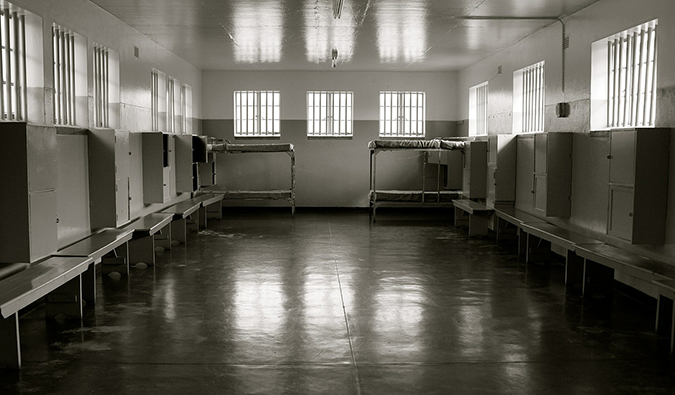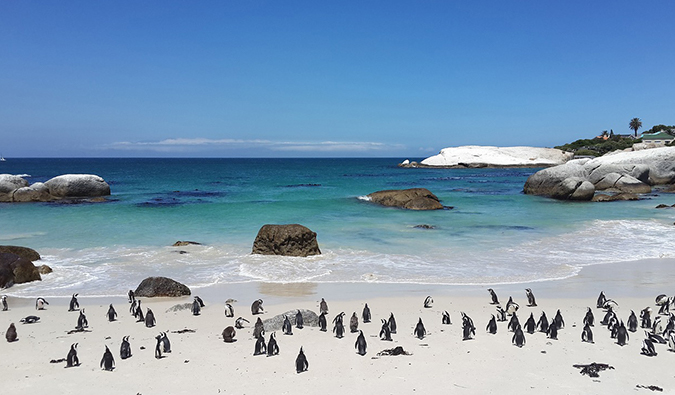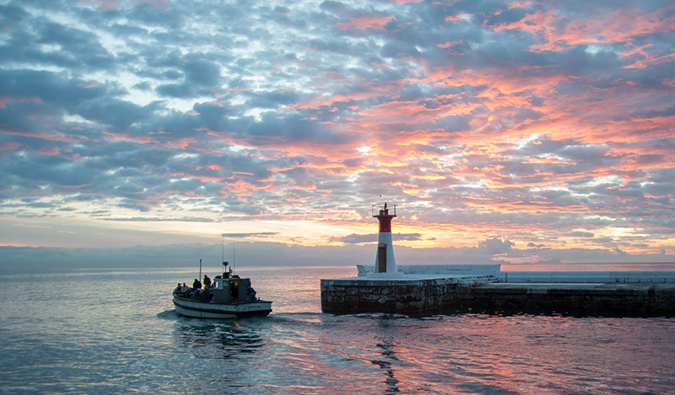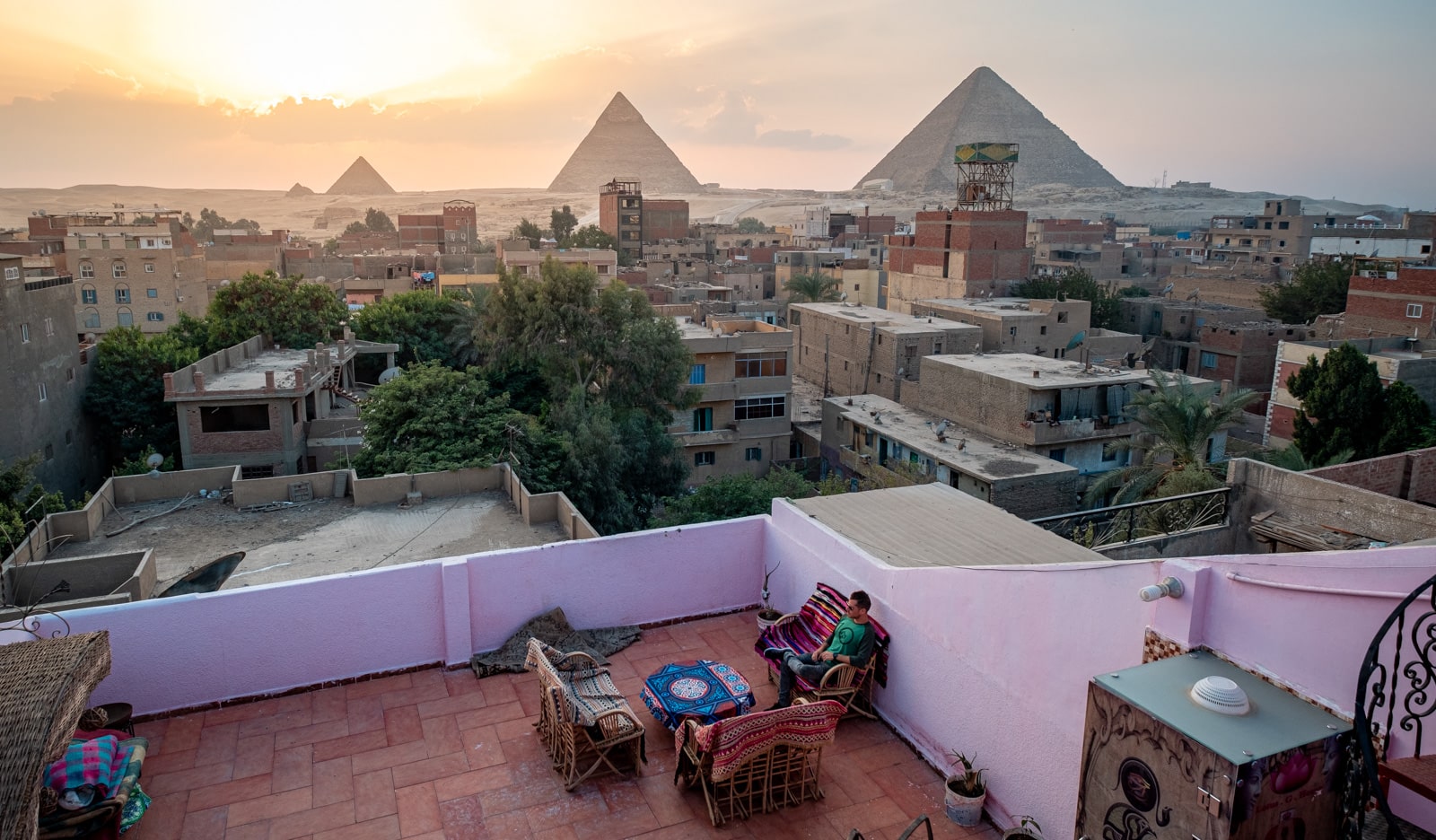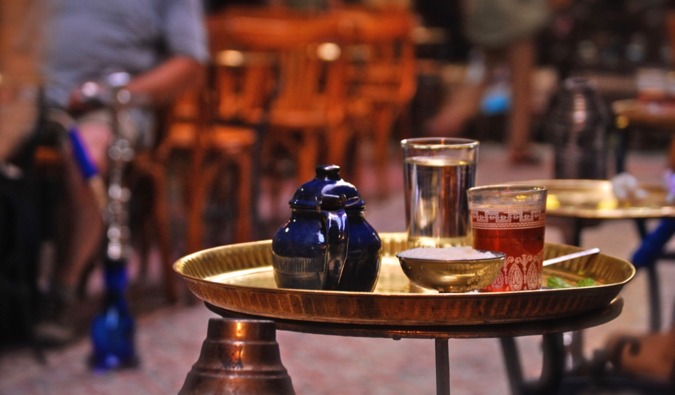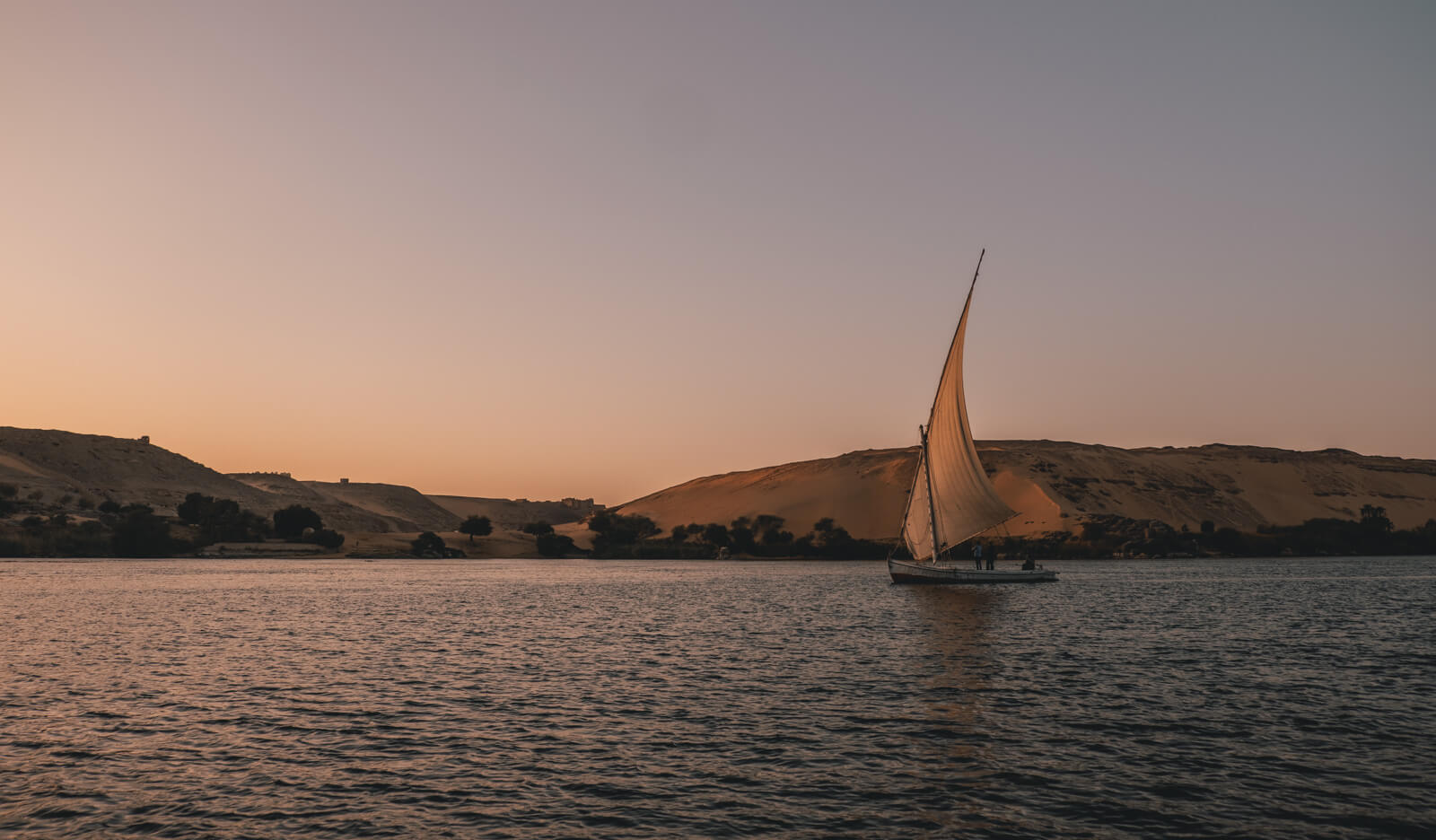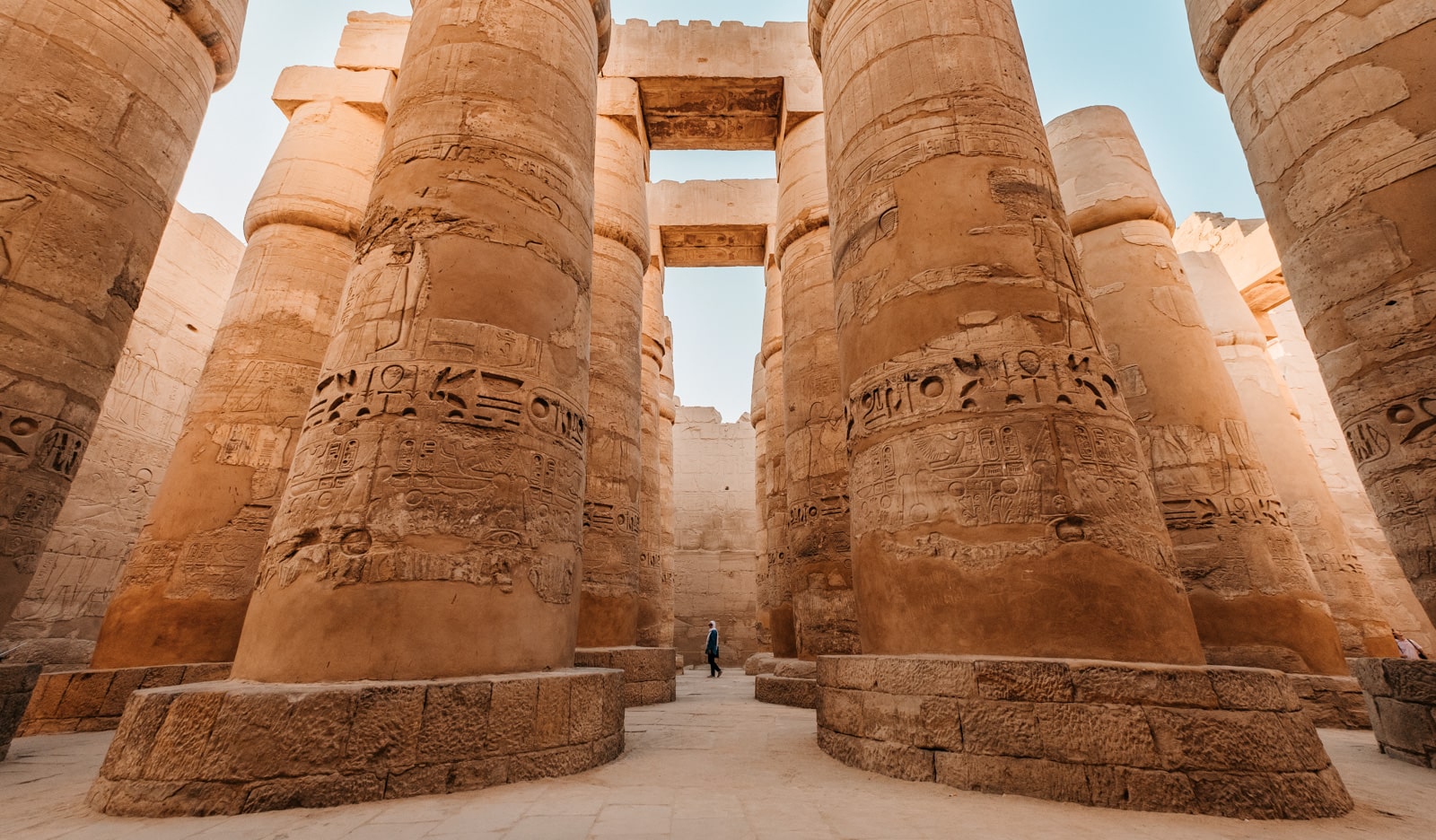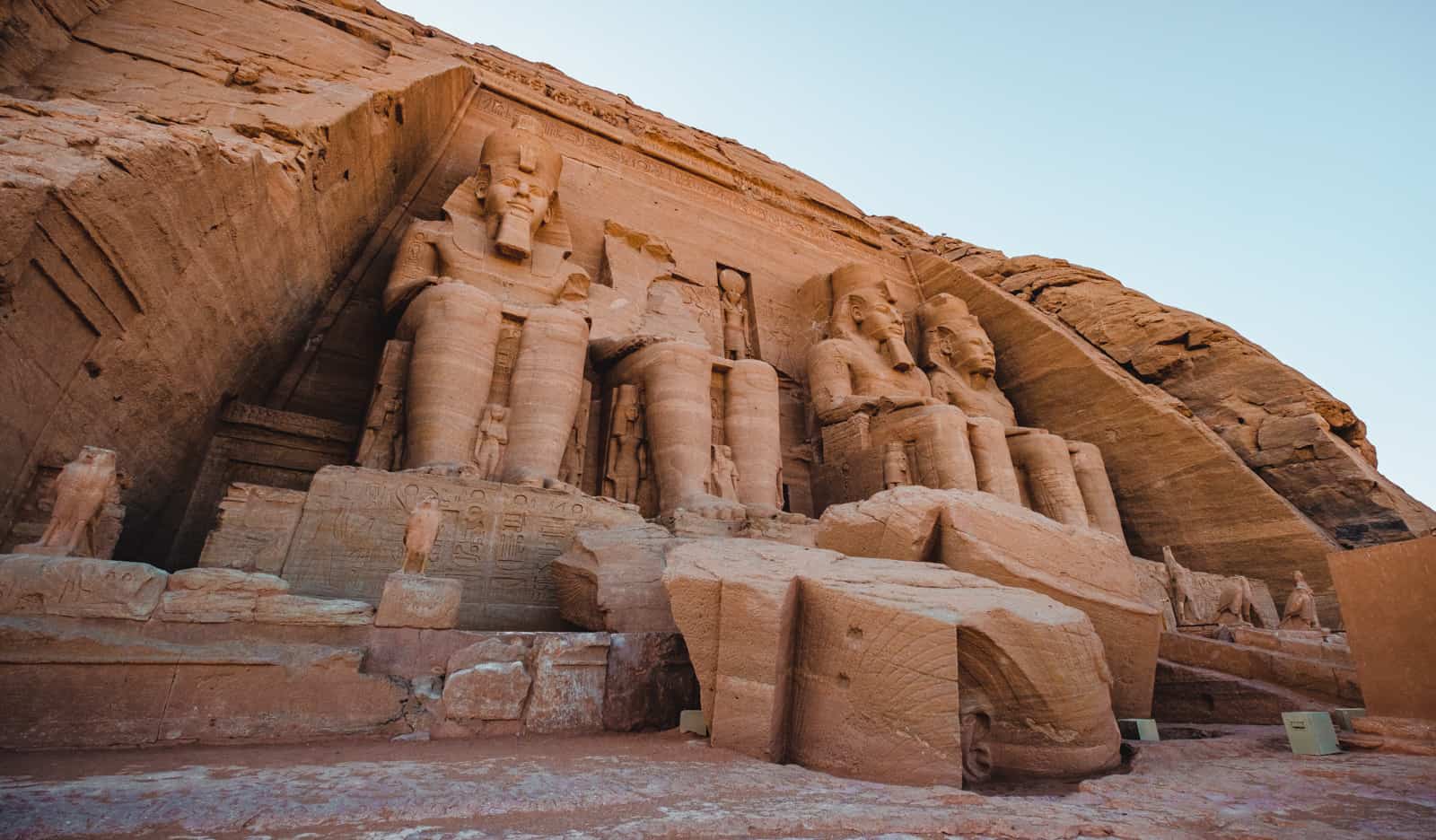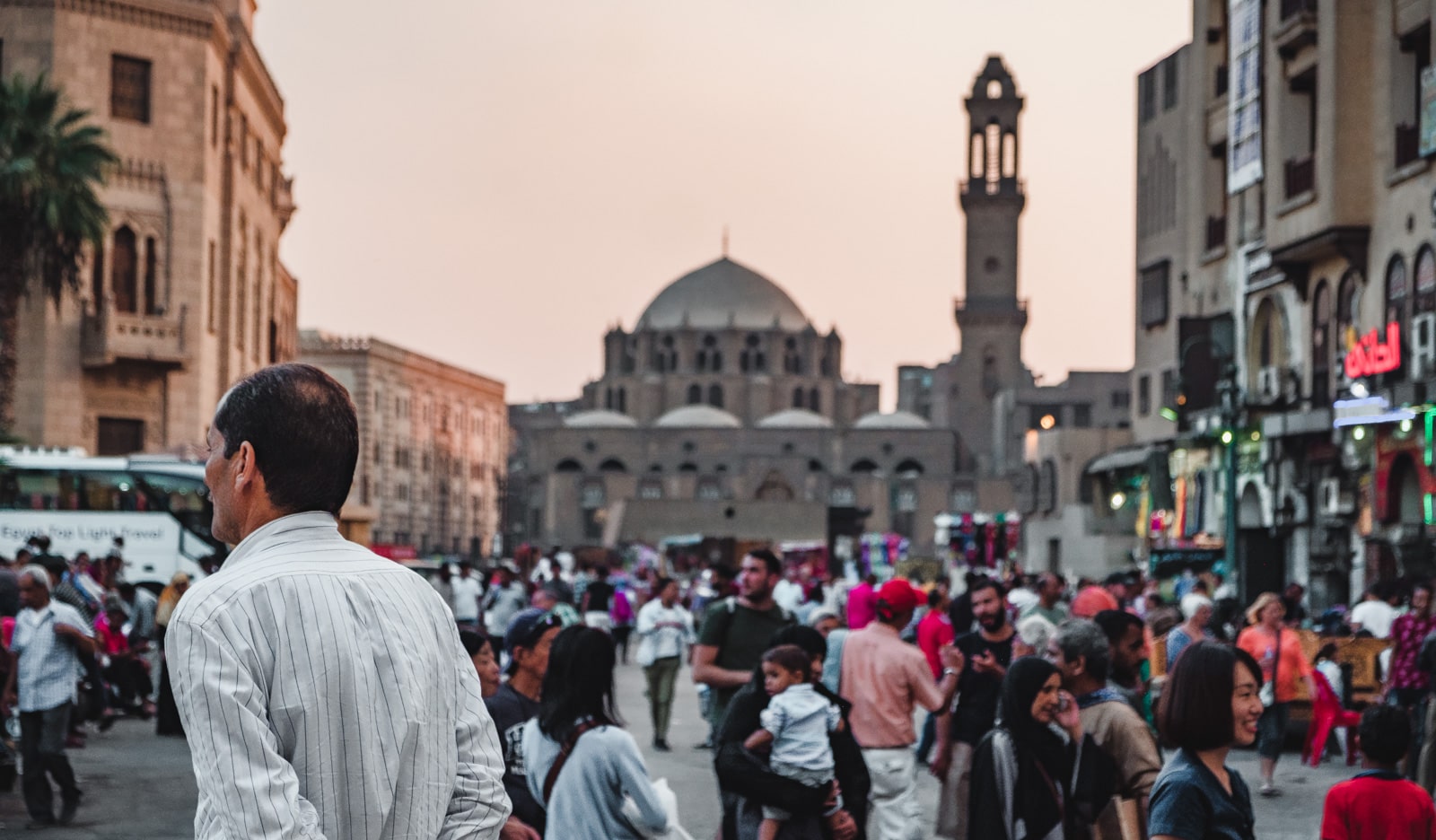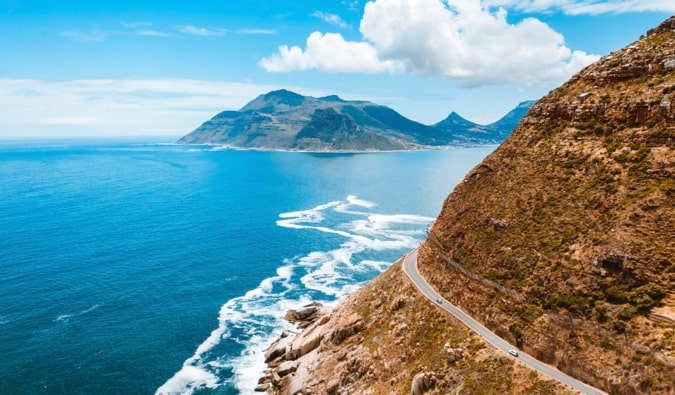
Posted: 03/2/20 | March 2nd, 2020
South Africa is famous for its stunning landscapes, incredible wildlife, award-winning wineries, beautiful beaches, and its lively and cosmopolitan cities. I’ve been to the country twice and always leave wanting more. There’s something deeply special about this place.
Stretching over 2,800 kilometers (1,700 miles) and home to over 56 million people, you could easily spend months here and still not see everything. Heck, just driving from one end of the country to the other would take several days.
Though there are hundreds of things to see and do in South Africa, here’s a list of what I think are the must-see and must-do activities while you’re here:
1. Go on a safari

Most people come to South Africa to go on a safari — and for good reason. It’s home to some of the best game drives in the world and you’ll want to spend at least a couple of nights in one of the hundreds of national parks. There’s truly nothing like it.
The most well-known safari destination is Kruger National Park, which has incredible diversity and tons of amazing wildlife, including the “Big Five” (lions, leopards, elephants, rhinoceroses, and Cape buffalo).
I went to Kruger a few years back, and it was everything I’d expected and more. Although you can drive yourself around the park, I actually recommend using a guide because they’ll be much better at spotting animals and will also give you heaps info about them, their habitat, and the park itself. Since this is one of those “once in a lifetime” experiences it’s worth spending the money to get a knowledgeable guide.
While Kruger is the most famous safari destination, there are dozens of other options across South Africa. Here are a few I recommend:
- Hluhluwe and iMfolozi National Park – Located in the east of the country and is known for its rhino populations.
- Kgalagadi Transfrontier Park – On the border with Botswana in the north, it’s known for its black-maned lions.
- Addo Elephant National Park – Near Port Elizabeth on the south coast, this is a great choice for self-drive safaris.
- Pilanesburg National Park & Game Reserve – Home to the Big 5 and is doable in a day trip from Johannesburg if you’re short on time.
Safaris are so common in South Africa that pretty much every price point and budget is covered. Accommodation options range from budget-friendly campsites to upscale guesthouses and resorts.
2. Visit Cape Town
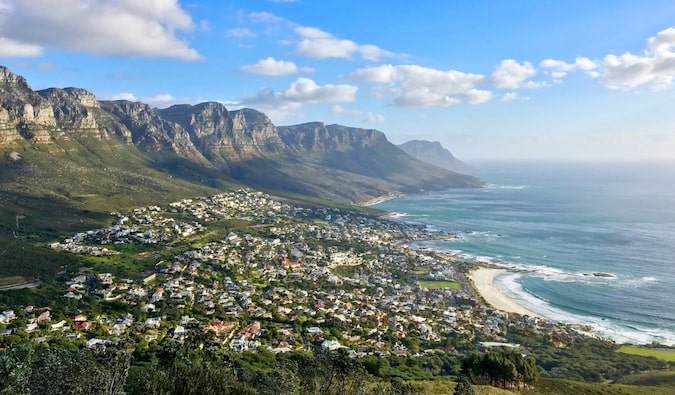
Cape Town is the most popular destination in South Africa — and for good reason. It’s a vibrant, multicultural city with lively bars, delicious food, great weather, lots of nature and hiking nearby. In addition to the city’s amazing beaches, the waterfront is bursting with things to do as well.
There’s a lot to do in the city so check out this entire post I wrote on what to do while you are there!
3. Go Surfing

Both the Atlantic Ocean and the Indian Ocean coasts of South Africa offer world-class surfing. Jeffrey’s Bay on the south coast near Port Elizabeth is the most famous surfing destination in South Africa and offers big waves and multiple breaks.
There are also a number of good surfing locations near Cape Town, including Dungeons in Hout Bay and a number of others further south on the Western Cape, such as Long Beach.
If you’re a beginner, Durban is a great option for surfing lessons because of the reliable waves and warm water of the Indian Ocean. Expect to pay around 500 ZAR per person for a 2-3 hour lesson.
4. Learn About Apartheid

You can’t visit South Africa without learning about the horror of apartheid (a system of institutionalized racial segregation), which cast its shadow over the country from the 1940s all the way into the 1990s. Opened in 2001, the Apartheid Museum in Johannesburg does an excellent job of highlighting apartheid’s history and legacy.
While in Johannesburg, be visit the Constitutional Court. It stands on the site of a former political prison and you can tour some of the prison ruins and learn more about the many political prisoners who were unjustly detained here.
Also, be sure to visit the District Six Museum in Cape Town. It’s a memorial to the people who lived in the area in the 1970s who were forced to relocate so that white citizens could move in. It’s both sobering and illuminating.
7. Visit Robben Island

When it comes to learning about apartheid, you’ll want to also plan a trip to Robben Island. Located just four miles off the coast of Cape Town, Robben Island was a maximum-security prison until 1996. During the apartheid era, many political prisoners were sent to Robben Island. This includes Nelson Mandela, who spent 18 years behind bars on Robben Island. The prison is now a UNESCO World Heritage site and one of the most important cultural sites in the country.
Conditions at the prison were incredibly harsh, with many prisoners forced into hard labor in the limestone quarry. They were also made to sleep on the stone floors of their cells without a bed as well.
Today, former prisoners are tour guides and they shed light on what life was like here during apartheid. You’ll be able to see Mandela’s cell and take a bus ride around the island to see the prisoner’s graveyard as well as the quarry where Mandela and other prisoners were forced to work.
Ferries operate 3 times a day, starting at 9am (a 4th ferry operates during the summer season). Admission is 320 ZAR for adults and 200 ZAR for anyone under 18, which includes the ferry ride. Expect to spend at least four hours here (including the tour and getting to/from the island).
5. Hike the Drakensberg Mountains

The Drakensberg region near the east coast is home to the highest mountain range in the country, with rugged, green peaks, sandstone cliffs, and deep valleys. There are lots of trails, ranging from casual walks to strenuous climbs and plenty of options for both day hikes and multi-day hikes. Some of the popular routes include the following:
- Rainbow Gorge: Easy and beautiful two-hour trail in the Cathedral Peak area.
- Ploughman’s Kop: A half-day trail with a steep climb, but beautiful rock pools along the way so you can cool off with a dip.
- Chain Ladders Hike: A challenging one-day hike, including ladders attached to the rock face.
- Cathedral Peak: Best climbed with a guide, this hike can be split across two days with a night spent camping in a cave to break up the hikes.
- Giant’s Cup Trail: Typically done a five-day hike, but not overly strenuous.
6. See African Penguins

Part of the Table Mountain National Park and a short drive from Cape Town, the Boulders Penguin Colony is home to several thousand African penguins. (Fun fact: they’re also known as jackass penguins, because the noises they make sound like a donkey braying.)
Unfortunately, they’re an endangered species as a result of human impacts like pollution, oil spills, and habitat destruction. For that reason, you aren’t allowed to walk on the beach where the penguins breed but you can watch them from the nearby viewing platforms. There is also a raised boardwalk that starts at the Boulders Visitor Centre which will let you get up close to the penguins. Just keep in mind that they are wild animals and the beach is their home, not yours. Be sure to keep your distance and don’t try to feed them or pet them. As cute as they are, they’re still wild animals.
8. Take a Road Trip
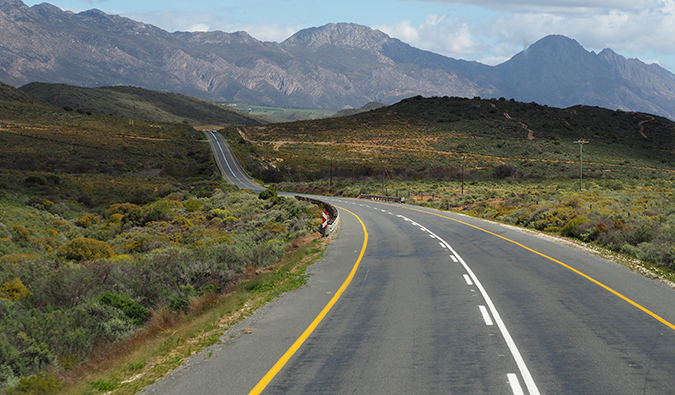
South Africa is an awesome road trip destination. The most famous route is the Garden Route, which takes you along coastal cliffs and through forests and mountain ranges. Stretching along the south-central coast from Mossel Bay in the west to Storms River in the east, the Garden Route is only around 200km (125 miles) long but is full of beaches, lakes, and lagoons.
If you are feeling adventurous, you can stop at Bloukrans Bridge, the highest bridge in Africa, and go bungee jumping there. Expect to pay around 1,400 ZAR ($95 USD) per person.
The beautiful beaches of Plettenberg Bay on the Indian Ocean are also a worthwhile Garden Route stop.
There are other popular road-trip routes in South Africa, such as the Panorama Route in Mpumalanga, which winds around the Blyde River Canyon, or the Wild Coast route for exploring dramatic coastal landscapes. You can also pick a road-trip route that takes in several national parks, as there are quite a few scattered around the country where you can self-drive through the park to see the wildlife.
9. Go Wine Tasting
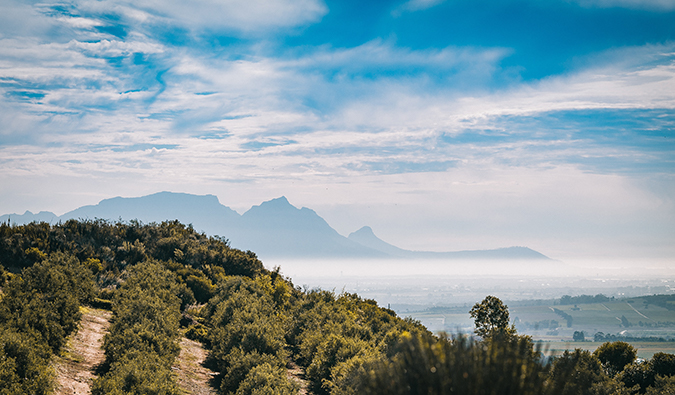
South Africa’s climate is perfect for grape growing and the country produces award-winning white, red, and sparkling wines. The wine industry here dates back to the seventeenth century and there are hundreds of wineries to be found (and sampled of course).
In the Cape Winelands region not far from Cape Town, Stellenbosch has over 150 wineries in a very small area while a bit further away, Franschhoek not only has over 50 vineyards but also some of South Africa’s best restaurants. You can do a wine tour that will take you to several different or you can stay in one for a night or two (many have guest accommodations).
If you don’t have a vehicle and want to take a tour, expect to pay at around 1,000 ZAR per person for a half-day tour of the region and its wineries. Many hostels run their own tours to the region or have partnerships with local tour guides who can take you as well. Be sure to shop around for the best deal!
10. Explore the Blyde River Canyon Nature Reserve

A frequent stop on the way to or from Kruger, Blyde River Canyon is the third largest canyon in the world. It’s particularly lush and green compared to the Grand Canyon and also has extremely deep, sheer cliffs. There are numerous natural rock formations and other natural features in this UNESCO-listed reserve, including Pinnacle Rock, God’s Window, and Bourke’s Luck Potholes. You can also find ancient rock art in the Echo Caves.
There are several hiking trails as well as abseiling, mountain biking, and white-water rafting.
11. Go Whale Watching

South Africa is generally considered to be one of the best places in the world to go whale watching. If you’re visiting between June and November you’ll have an excellent chance of spotting Southern right whales, Bryde’s whales, and orcas.
The town of Hermanus, located 120km southeast of Cape Town, is the base for many of the best whale-watching companies in the country. Some reputable companies to check out are:
- Southern Right Charters
- Hermanus Whale Cruises
- Xplora Tours
Expect to pay around 950 ZAR for a two-hour tour. Drinks and snacks are usually included and discounts are often available for students, seniors, and children. be sure to book in advance as tours sell out fast since there is a limited window.
13. Go Scuba Diving

If you love to dive (or want to learn), head to Cape Town. The diving here is world-class thanks to the mixing of warm and cold ocean currents. Here you’ll find rocky shores, lots of reefs, and kelp forests. There are also lots of wrecks on both sides of the peninsula too.
Expect to pay around 1,450 ZAR for a one-tank dive (including equipment rental) and 6,600 ZAR for your PADI certification if you’re a new diver.
For more wrecks, head to Port Elizabeth (which is on the coast halfway between Cape Town and Durban). There are several interesting wrecks to explore here, including the Haerlem (a scuttled navy frigate) and the Doddington (which wrecked in the 18th century). It’s also a great area for diving with sharks.
For something more unique, visit Port St. Johns to witness the sardine migration. It occurs every June with four miles of water thick with sardines! You can book multi-day diving tours to see the sardines, with most lasting 5-6 days cand costing 30,000 ZAR per person.
Sodwana Bay (on the border with Mozambique) is another top location to see healthy coral reefs as well as lots of fish and marine life.
With its perfect weather, incredible wildlife, award-winning wine, and culinary delights, South Africa is an underrated destination that deserves your attention. It’s a country I never get tired of visiting and is one of the most beautiful countries I’ve ever been to. You just can’t help but fall in love with it — no matter your interests.
Book Your Trip to South Africa: Logistical Tips and Tricks
Book Your Flight
Find a cheap flight by using Skyscanner or Momondo. They are my two favorite search engines because they search websites and airlines around the globe so you always know no stone is being left unturned.
Book Your Accommodation
You can book your hostel with Hostelworld as they have the largest inventory. If you want to stay somewhere other than a hostel, use Booking.com as they consistently return the cheapest rates for guesthouses and cheap hotels.
Don’t Forget Travel Insurance
Travel insurance will protect you against illness, injury, theft, and cancellations. It’s comprehensive protection in case anything goes wrong. I never go on a trip without it, as I’ve had to use it many times in the past. I’ve been using World Nomads for ten years. My favorite companies that offer the best service and value are:
- World Nomads (for everyone below 70)
- Insure My Trip (for those over 70)
Looking for the best companies to save money with?
Check out my resource page for the best companies to use when you travel! I list all the ones I use to save money when I travel — and I think they will help you too!
Looking for more information on visiting South Africa?
Check out my in-depth destination guide to South Africa with more tips on what to see and do, costs, ways to save, and much, much more!
The post 13 Cool Things to Do in South Africa appeared first on Nomadic Matt's Travel Site.



